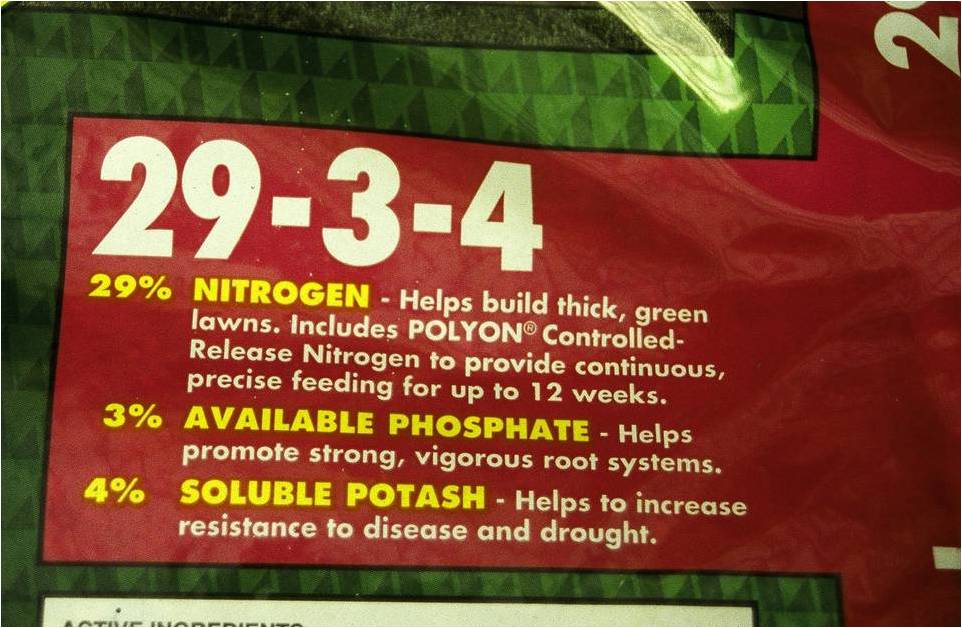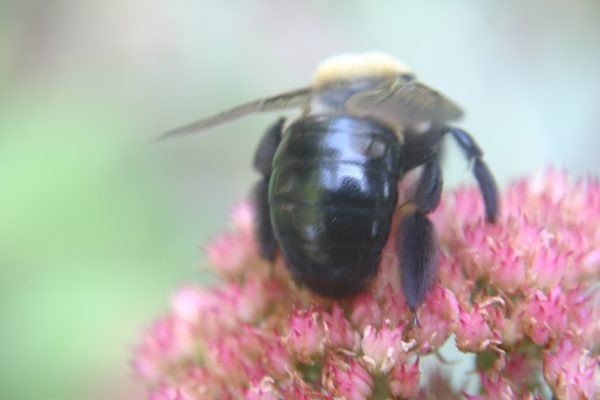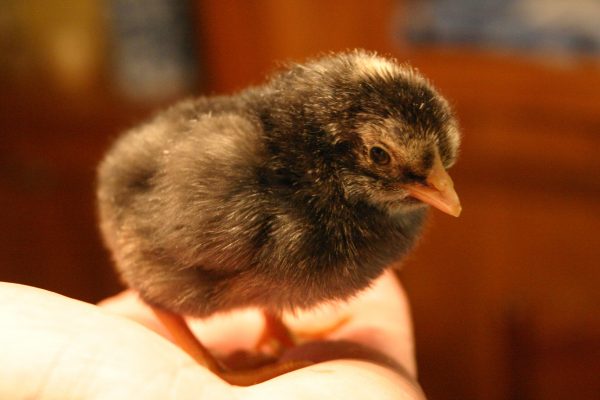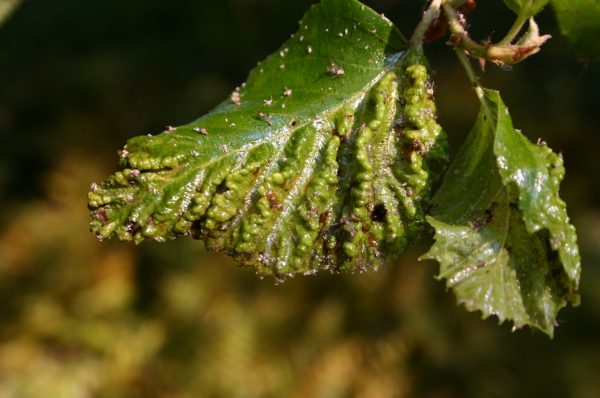Bermuda – Fertilizing
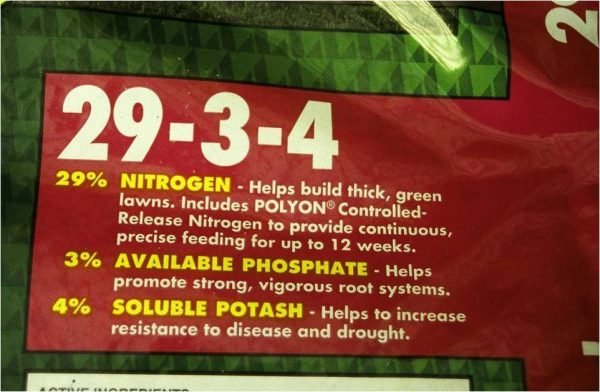
Lawn fertilizer is manufactured by many companies. Each manufacturer uses a slightly different blend of plant nutrient chemicals to arrive at a final product.
• Chemicals such as urea, ammonium nitrate, urea formaldehyde and ammonium phosphate provide the nutrient nitrogen which rapidly-growing lawns need more than phosphorus and potassium.
• Most lawn fertilizer products are granular but some are designed to be applied after they are dissolved in water. Granular fertilizers tend to last longer (up to three months) in the soil.
• Slow-release fertilizers are generally better for a lawn than products (like 10-10-10) that release their nutrients quickly during the first rain.
The first application of fertilizer to bermudagrass should be made in spring when the grass is 50% green OR when soil temperatures are above 65 degrees F. Visit www.georgiaweather.net to determine local soil temperature.
Fertilize bermudagrass every six weeks thereafter until mid-September. A “winterizer” fertilizer may be applied in mid-September but no later.
Do not fertilize after mid-September.
Cyclone spreaders and drop spreaders can do a good job. Make sure the spreader is set properly to apply the right amount of fertilizer. It is best to apply half of the fertilizer going back and forth on the lawn and the other half while traveling at right angles to the first trip. This will give even coverage so you do not get streaks of yellow and green in the lawn.
MORE INFORMATION
BEST FERTILIZER? A confusing array of fertilizer brands awaits homeowners at the garden center. Fortunately, grass cannot read the advertisements! Fertilizer bags with similar nutrient numbers will perform much the same. For instance, 30-3-9 fertilizer will perform much like 29-3-4. In general, look at the first number on the bag (Nitrogen) to compare value between brands.
HOW MUCH? Read the fertilizer bag to find out what the manufacturer recommends. An alternative is to divide the first nutrient number into 100. The result is the number of pounds of fertilizer to spread on 1000 square feet. Using 30-3-9 as an example, a good rate would be 3.3 pounds of fertilizer per 1000 square feet of lawn.
Q: When I go to a garden center to buy lawn fertilizer, there are several different brands. All of them have different fertilizer numbers on the bag but they all claim to be better than the rest. What is the best fertilizer for a lawn?
A: It’s a good thing your lawn grass can’t read fertilizer bag labels. Confused grass turns yellow and dies no matter what you do for it! It makes little difference which fertilizer you buy as long as it is labeled for use on a lawn. Occasionally there is a reason to use a specific analysis, such as 15-0-15 on centipede grass. For fescue, Bermuda and zoysia grass, if the numbers on the bag are similar, make your decision based on price. The better brands are formulated to have some percentage of “slow release” nitrogen.
Q: Can I put down lime when I spread fertilizer on my lawn?
A: As long as the turf is dry, the particles of either one will not stick to grass blades. They will simply fall to the ground and will start their good work as soon as it rains.
